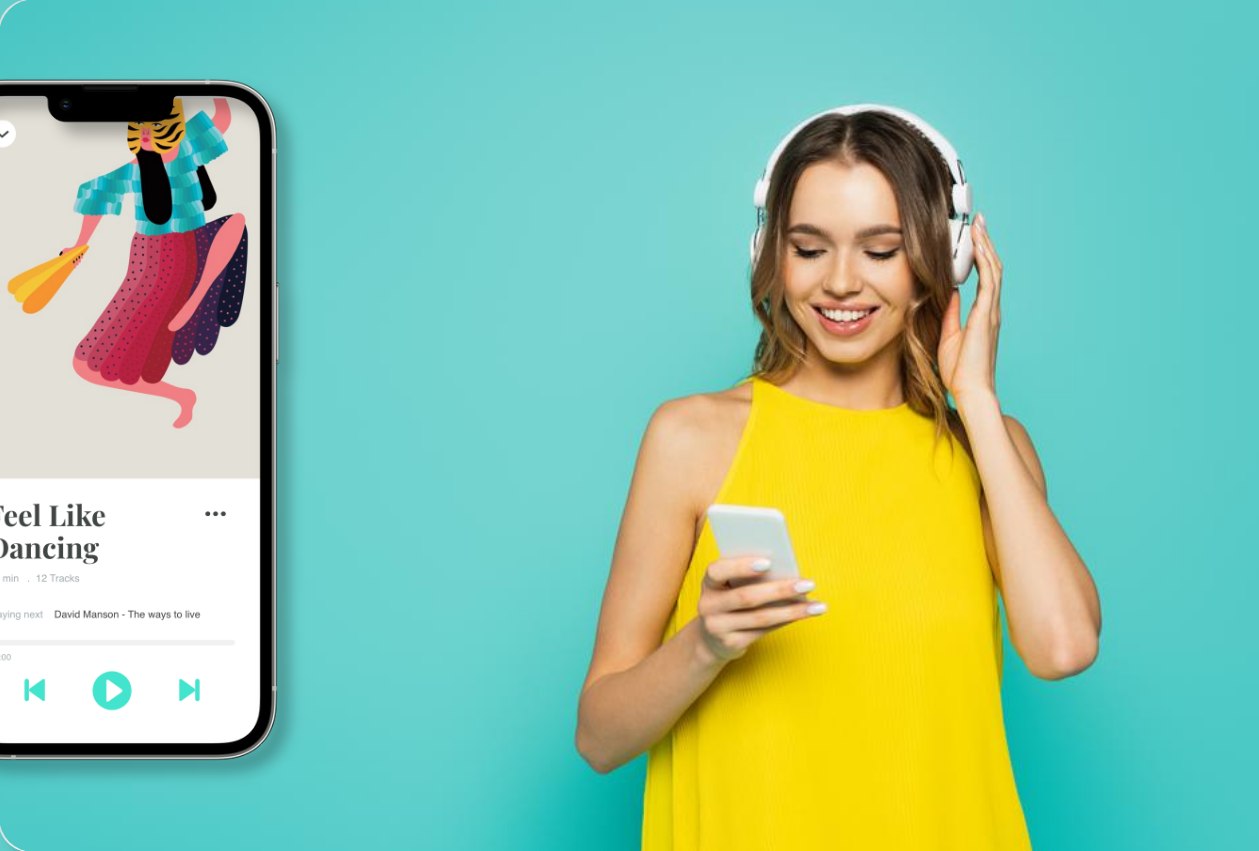Gallery Pal is a mobile app that enhances the in-person art gallery viewing experience by serving as an on-demand personal tour guide. GalleryPal untethers users from rigid tour structures and allows them to discover art at their own pace.
Time Line
5-day modified Google Ventures
design sprint.
My Role
Sole designer responsible for design,
prototyping, and testing
Scope & Constraints
This project adapted the Google Ventures design sprint for completion by a single individual, with project brief and user research provided by Bitesize UX.
Tools
Adobe XD
Overview
Gallery Pal, a startup enhancing the art gallery experience with a mobile app. In this hypothetical scenario, I led a five-day design sprint based on Google Ventures’ methodology, tailored for solo execution. Utilizing existing user research, I hypothetically analyzed, ideated, sketched, prototyped, and tested an MVP over the course of five days.
Design Sprint
I followed a modified version of Google Ventures design sprint methodology adjusted for completion by a single Individual while creating Gallery Pal.
Day 1
Understand
- User Research
- HMW’s
- User Mapping
Day 2
Sketch
- Lighting Demos
- Crazy 8’s
- Solution Sketch
Day 3
Decide
- Storyboard
Day 4
Prototype
- Hifi Wireframes
Day 5
Test
- Usability Testing
- Iterations
Day 1
Understand
User Interviews
I reviewed existing user research conducted by GalleryPal before my involvement in the project. They had conducted user interviews with 8 art-gallery goers, and here are some highlights and insights I gleaned from the research.



Insights
based on user interviews
Inadequate Background Knowledge
Guests frequently feel they're missing out on the full experience because background information about art pieces isn't readily accessible to them.
Poor Information
Delivery
Guests are limited to reading information from plaques or listening to guides to learn about art pieces, as searching for information on their phones can lead to cognitive overload.
Restrictive Tour Experience
Guests dislike being tied to guided tour groups that dictate which art pieces they see and restrict their pace of exploration in the gallery.
Lack of Immersion & Engagement
Guests desire meaningful and memorable delivery of information about art pieces, a quality currently limited to guided storytelling experiences.
Expert Interview
Gallery Pal also conducted an expert interview with a seasoned tour guide from the Museum of Natural History to get a better understanding of how they craft memorable experiences for their guests. The takeaways from this interview were immediately applicable to how the GalleryPal mobile app can cater to prospective users.
Insights
based on user interviews
Typically most people do not know much about the art when visiting a museum
Storytelling is the most effective way to convey the background and artistic intent of a piece to guests.
Art is a form of self reflection and it’s important that guests are encouraged to come to their own conclusions.
A guest’s appreciation of an art piece often increases when you help them understand the technique behind it.
Persona
Gallery Pal’s target user was synthesized from the above findings into a persona to help get into the user’s mindset and empathize with their needs and pain points.

Angela
Junior Art Director
Age 23
New York, NY
Portfolio
Since moving to New York a year ago, Angela has tried to take advantage of all the world call art and museums in the city. Every couple months she goes to a museum but doesn’t really look for specific exhibitions or artist, she just goes and browses whatever work is showcased.
Frustrations
Angela enjoys her visits, but feels like if she knew a little more, she would have a better experience. Angela has tried to read books and articles on the art she’s seen, but loses interest due to how long and in-depth they are.
Goals
Angela wants access to quick information while looking at art, this will give her a better appreciation for it, and make her feel like she is getting the most out of her visit.
User Mapping
With the insights gathered from the user research provided by Gallery Pal, I formulated several how might we (HMW) questions to help chart the course forward. These HMW’s would serve as the basis for potential solution sketches and user mapping.
(HMW)
How might we teach users about an artist or piece without distracting from their viewing experience.
How might we best narrate the story of an artist or piece to the user.
How might we convey information in a manner that allows for user reflection.
How might we encourage users to explore art pieces outside of their interests.
User Map

Day 2
Sketch
Lightning Demos
Having established the target user base and general direction for the project, I started to look at similar apps for inspiration and sketched possible solutions. I looked to Tourblink, RijksMuseum, and Smartify for ideas on both content layout and media playback since I envisioned Gallery Pal having a central audio component.
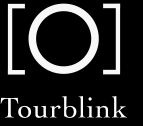
TOURBLINK

RIJKSMUSEUM
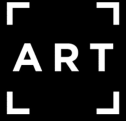
SMARTIFY
Crazy 8’s

I then did a crazy 8’s exercise to quickly sketch 8 iterations of the scan confirmation screen within 8 minutes. I considered this screen to be the heart of the user experience in which users will quickly get access to information on the art piece they are viewing. That information will come in a from of a short description.
Solution Sketch
For the solution sketch I expanded upon the scan function iterations from the crazy 8’s exercise and sketched the preceding and succeeding screens. This flow shows the process of the user scanning an artwork, the Gallery Pal app recognizing the artwork, and the user then accessing information on that artwork in a manner familiar to them from media streaming apps.

Day 3
Decide
Storyboard
For the solution sketch I chose a preliminary option from the Crazy 8’s exercise and built the preceding and succeeding screens. This flow shows the process of the user scanning an artwork, the Gallery Pal app recognizing the artwork, and the user then accessing information on that artwork in a manner familiar to them from media streaming apps.

Day 4
Prototype
Visual Design
Gallery Pal’s brand was designed with art lovers in mind.
Logo
The Gallery Pal logo is a paint palette designed to grab one’s attention and unambiguously denote art.
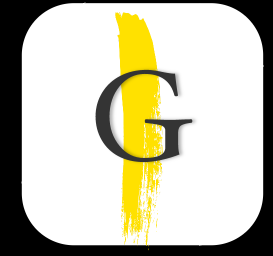
Mobile App Icon
Typography
Gallery Pal relies on the modern sans-serif font families of STIXGeneral and Times New Roman. These fonts both have a modern aesthetic but also a great degree of personality. STIXGeneral was used for headings and Times New Roman for body text.
Fonts & Colors



Hi Fidelity

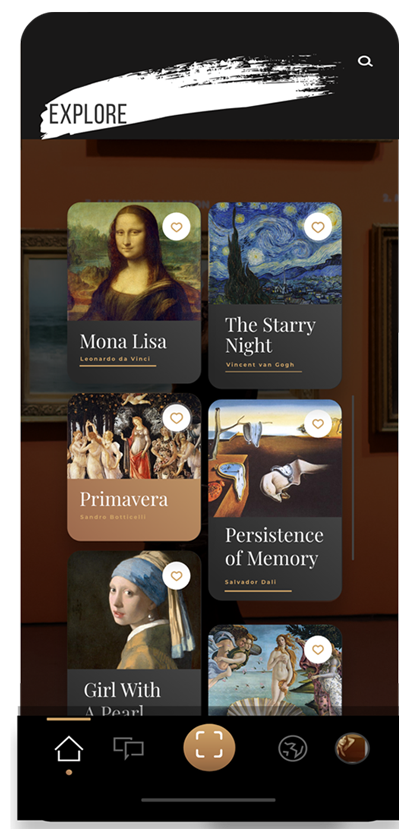

I designed the high-fidelity screens for this product under the strict time constraints of the design sprint, and then polished them up later after the sprint was complete.
Day 5
Test
Usability Testing
I conducted a single round of remote moderated 1:1 usability testing on the high-fidelity prototype with 5 participants. Participants were recruited based on their expressed interest in art and gallery viewing.
Key Test Findings
Users found the Explore page very useful and suggested being able to save certain art pieces they favored.
A heart was added as a "Like" button to every art piece on the "Explore" page, allowing users to save art pieces they favored. Users can find these pieces in their profile page under the "Likes" section.
Users found it frustrating not being able to zoom in on the art piece they were viewing.
Iterations
The user now has the ability to click on the piece, creating a larger and more visible version for a better user experience.
A plus sign was originally used as the “Scan” icon. During the usability testing I noticed users questioned what the “Plus icon” was for, which defeated the purpose of a simple and self explanatory tab bar I wanted to create for users.
A scan icon replaced the original plus sign icon on the tab bar.
Retrospective
This was my first experience conducting a design sprint, and despite being adapted for solo execution, it yielded excellent results. Going through this process gave me a deeper appreciation for the effectiveness of design sprints in rapidly testing ideas.
Lessons Learned
It really helps to follow a set process and commit to a limited time frame to get things done. The time constraints of the sprint were incredibly beneficial to my productivity. It’s easy to overthink problems and get bogged down in creative block.
Make better use of the lightning demos. With such limited time, it’s important to see and adopt mental models that work. There’s simply no time to innovate with the basics during a sprint.
Work out the monetization model for GalleryPal. I believe forging partnerships with museums and art galleries would be a promising path and it would be interesting to explore other possible means.

